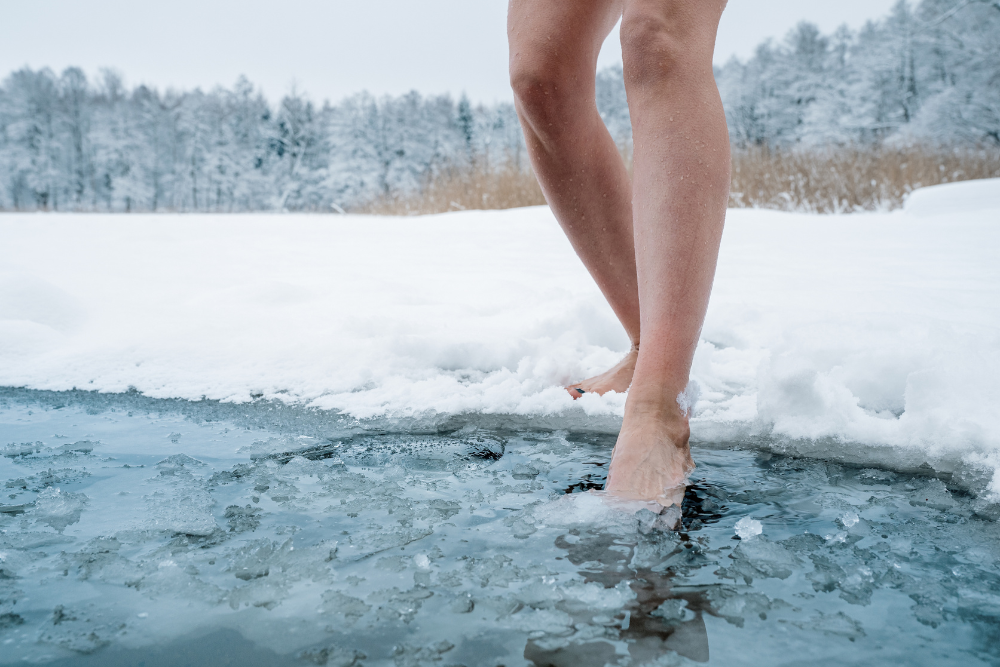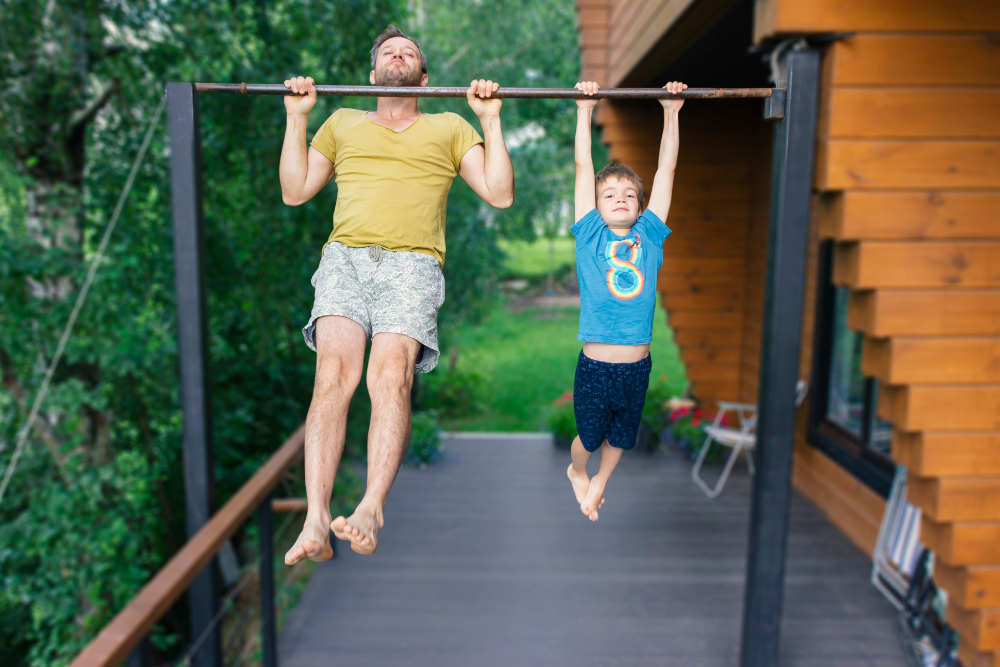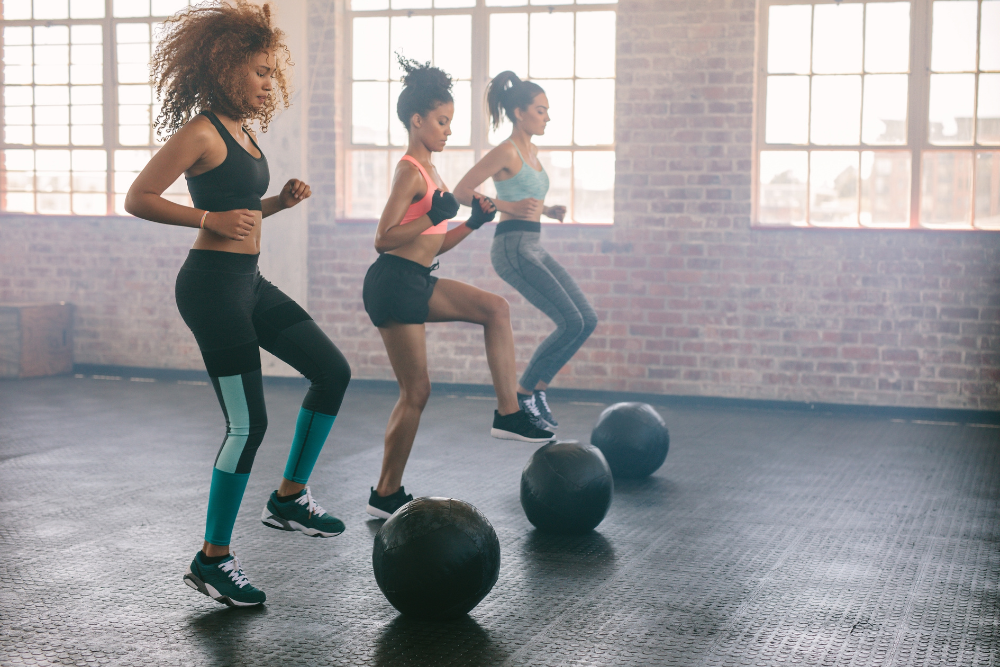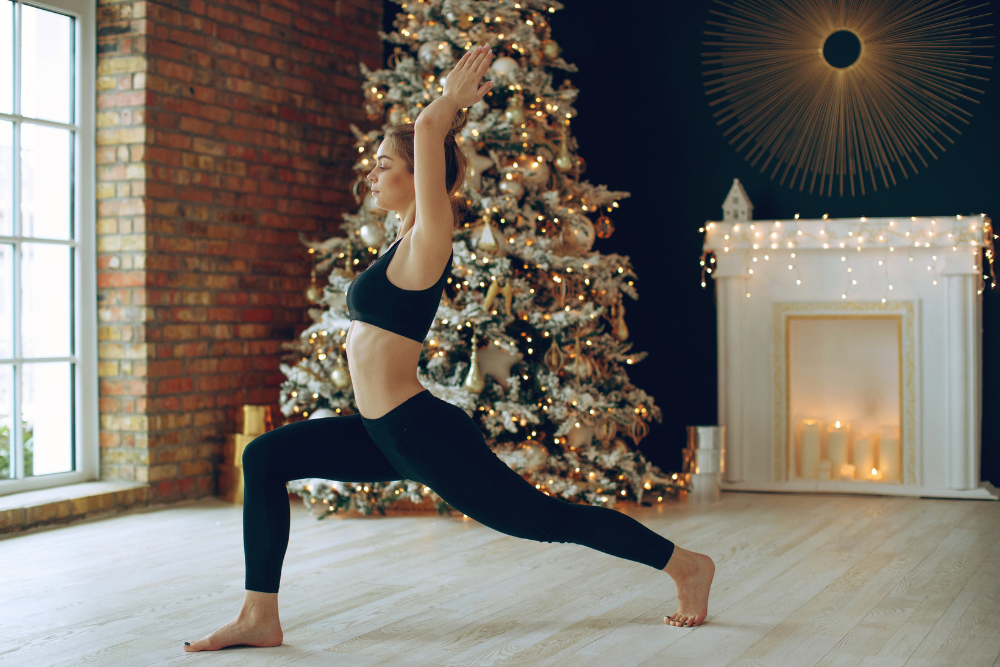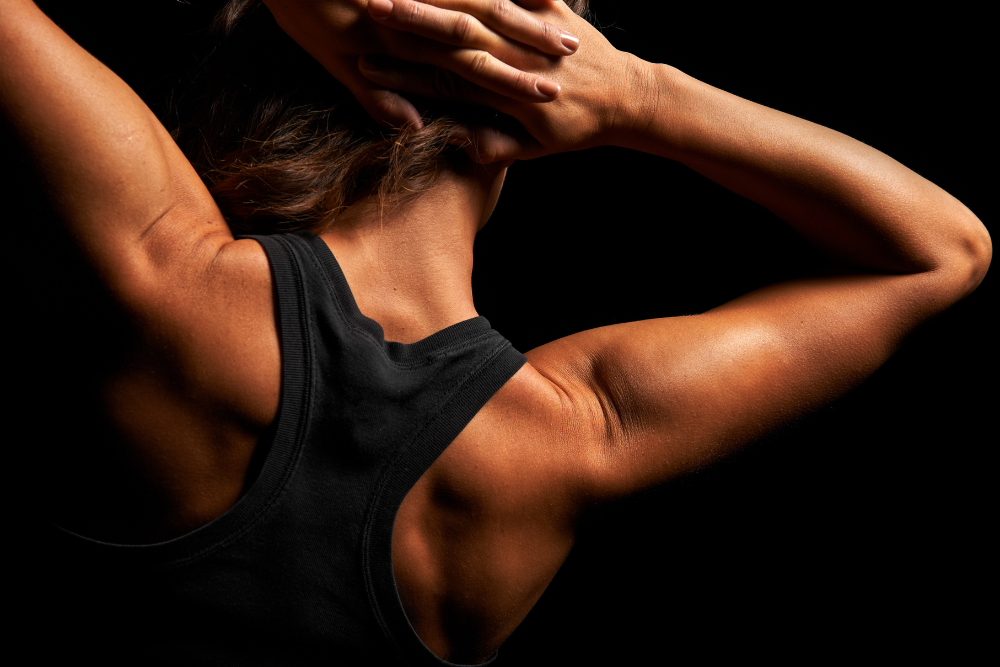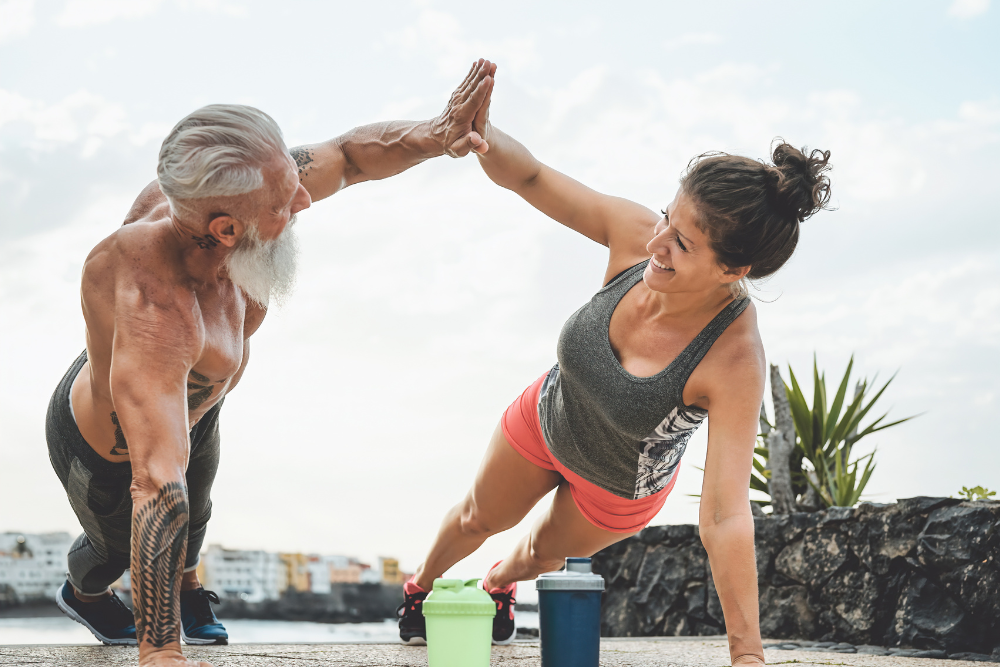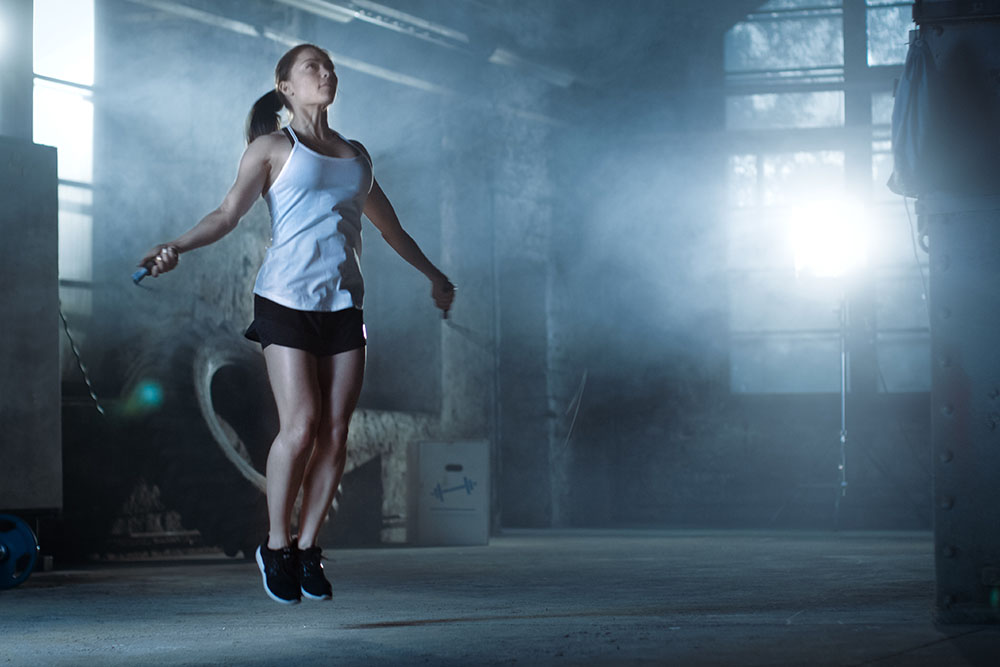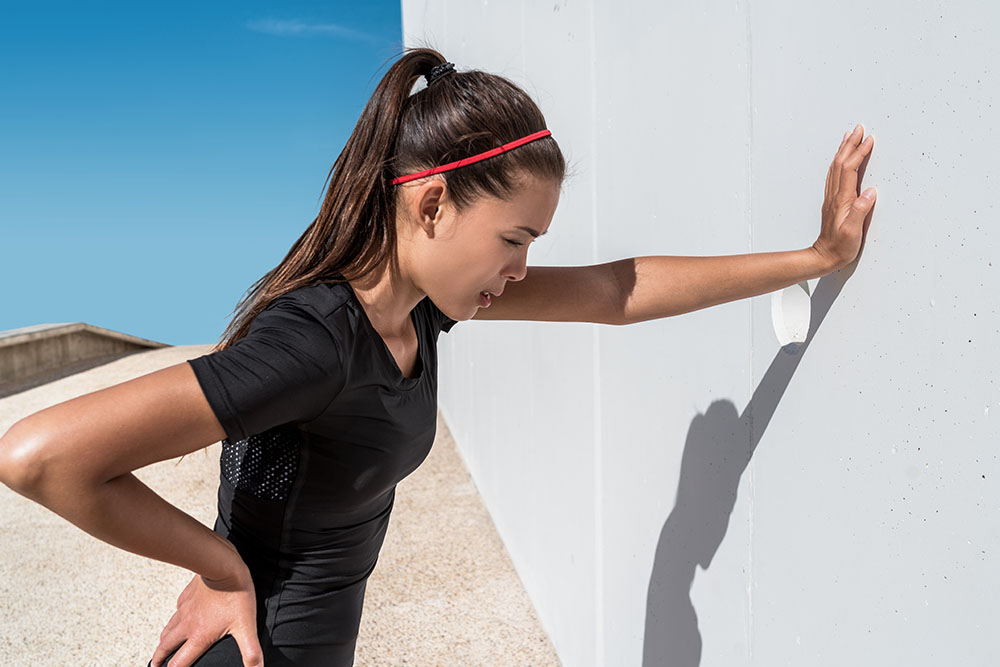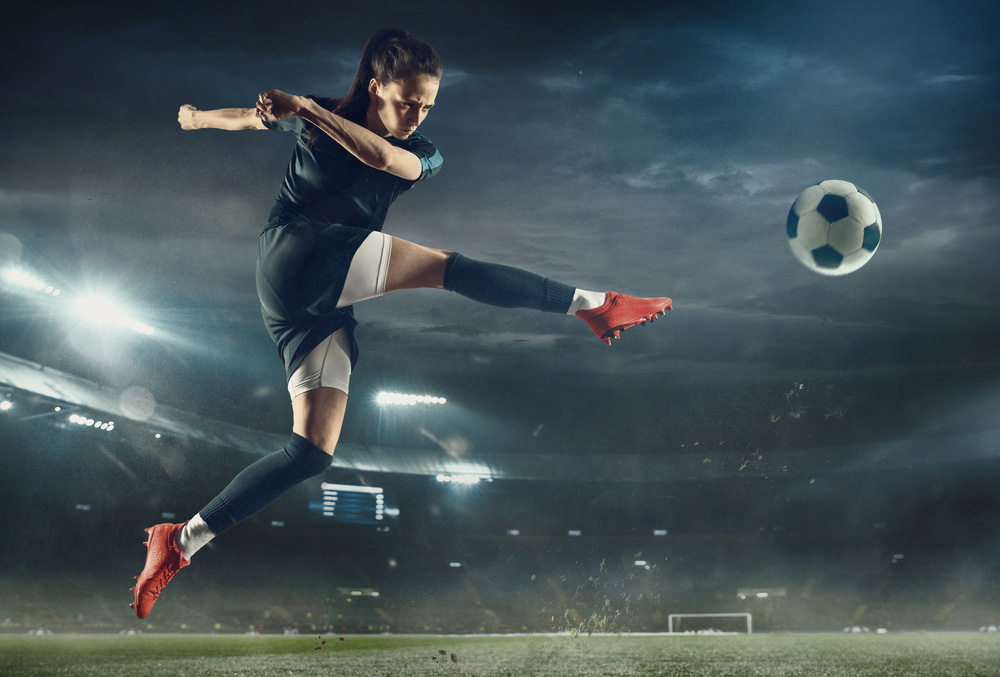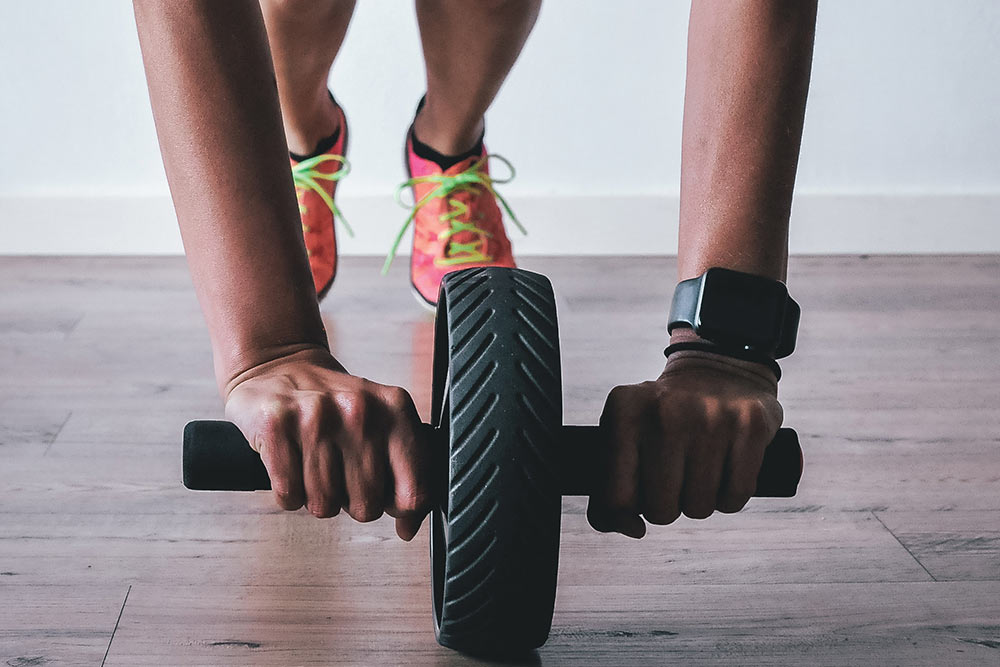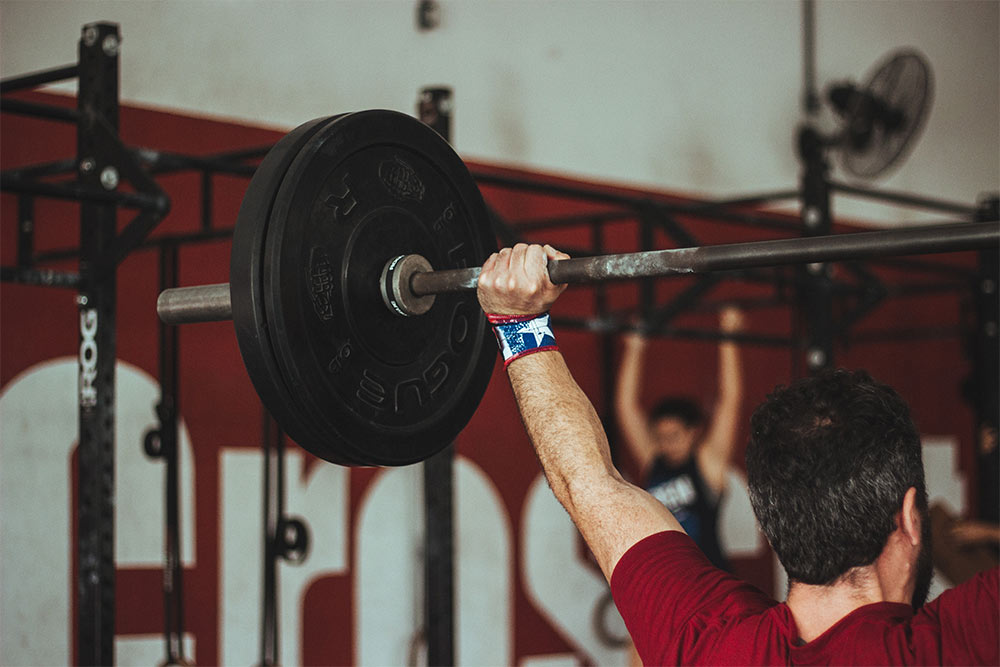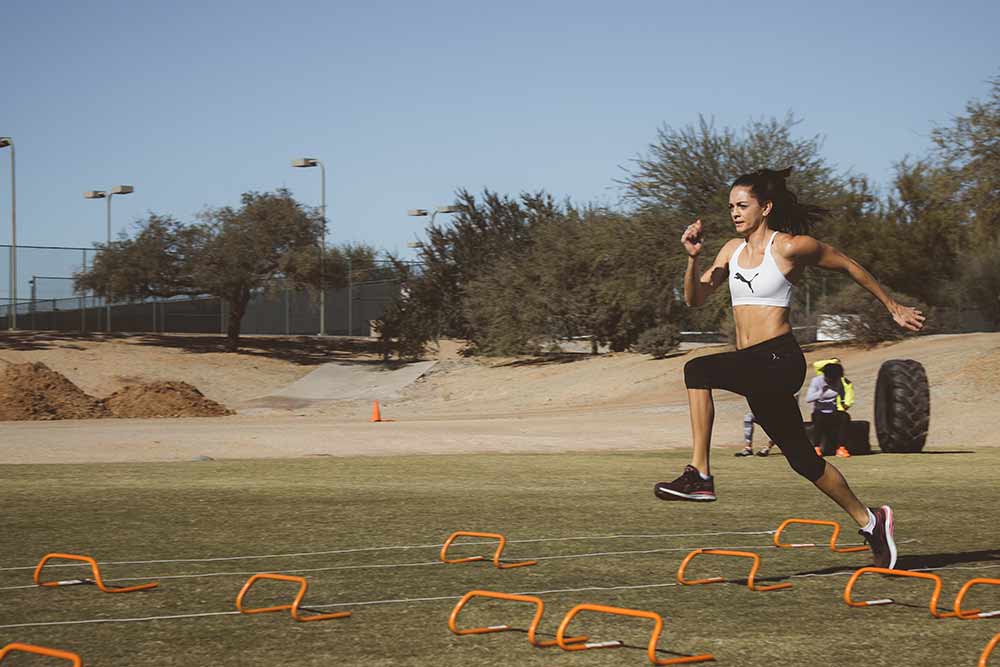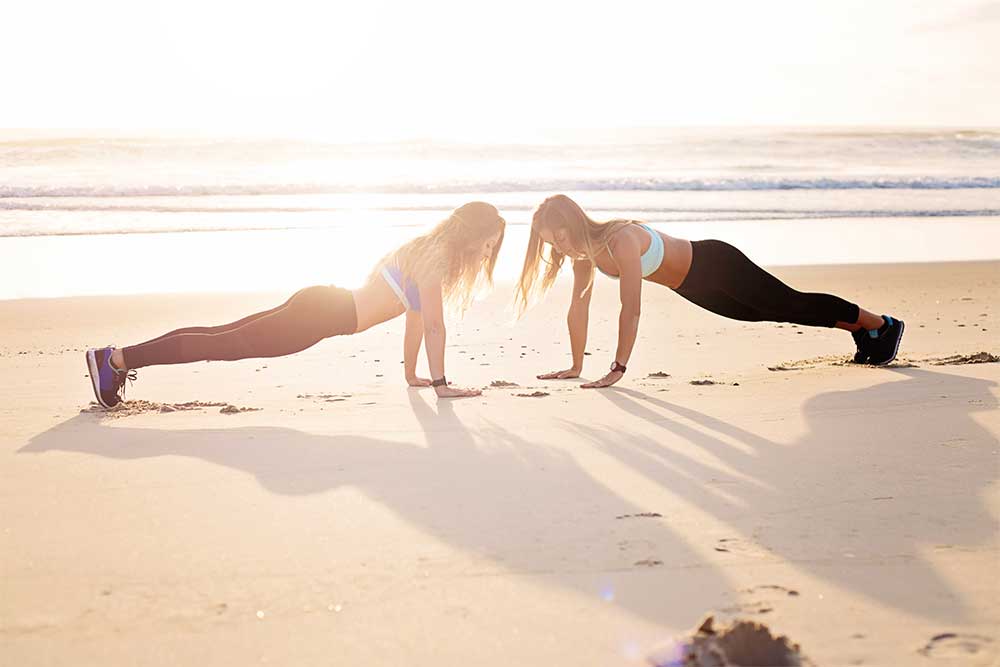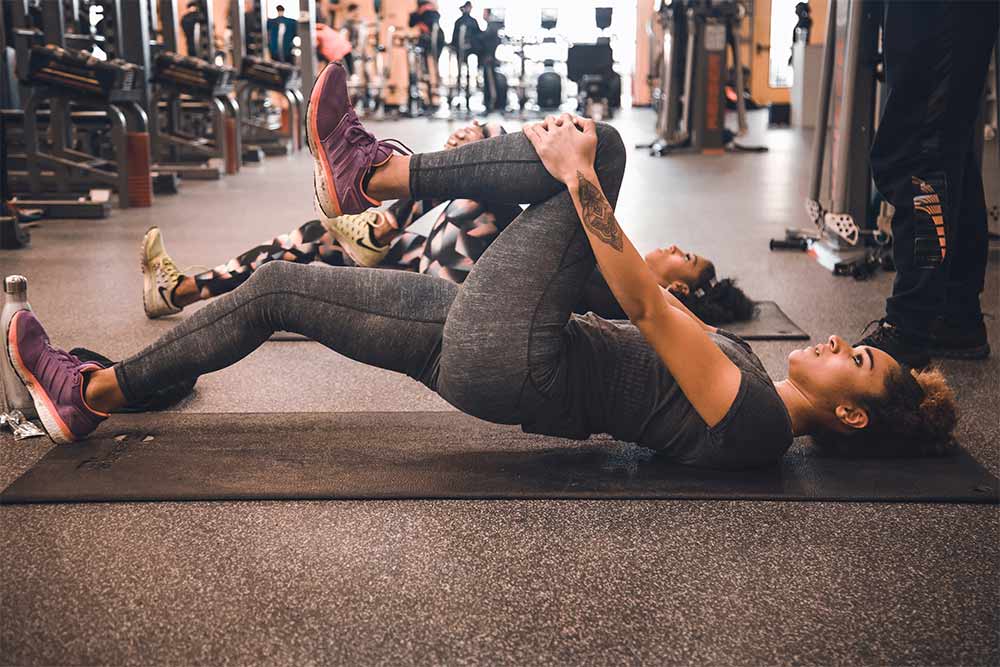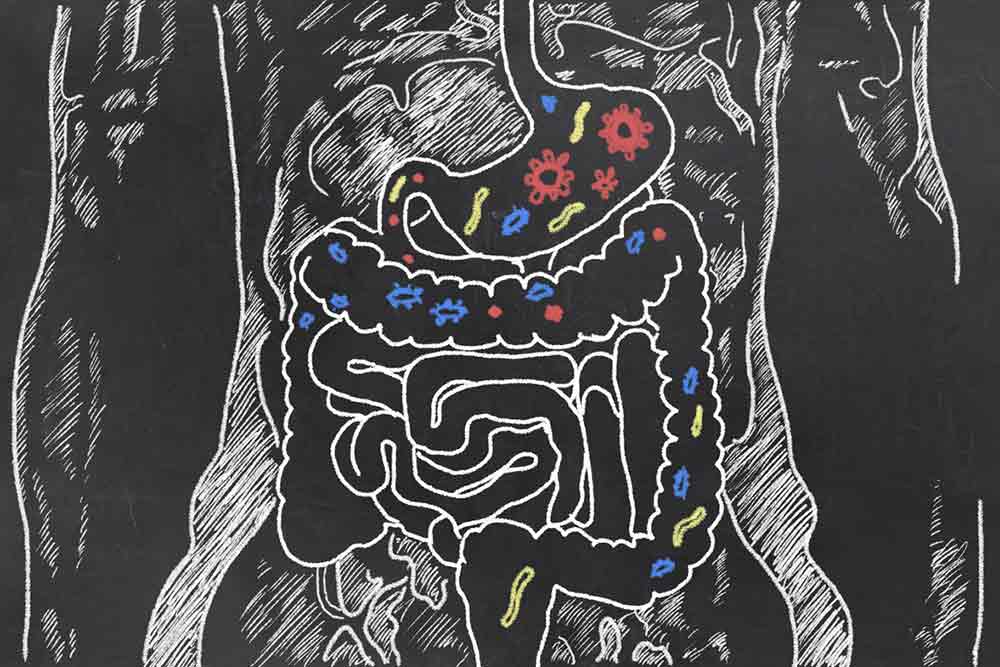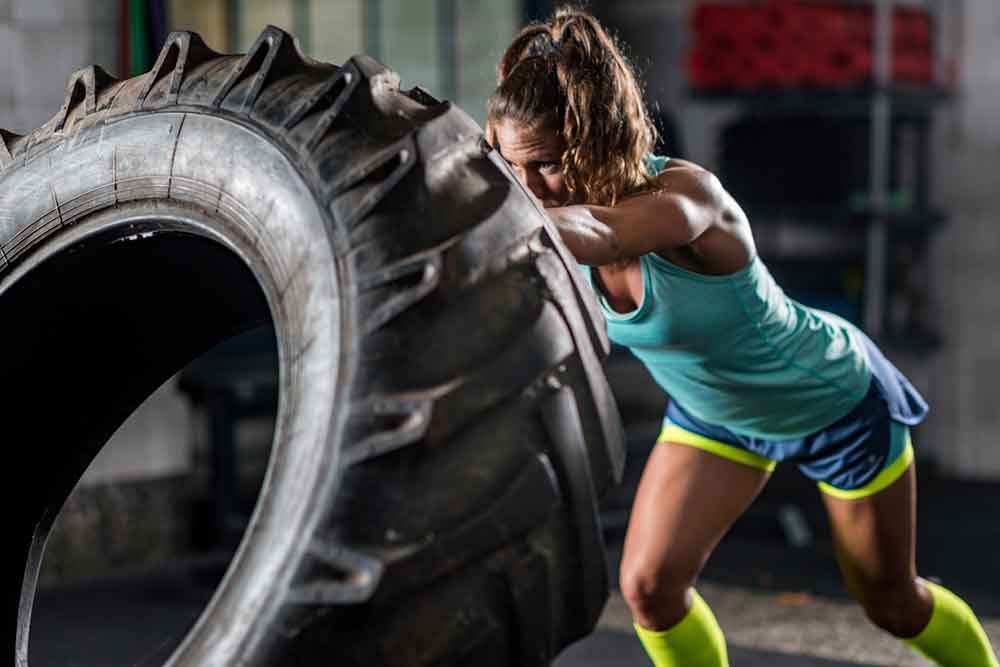Can Head Cooling Increase Aerobic Performance In The Heat?
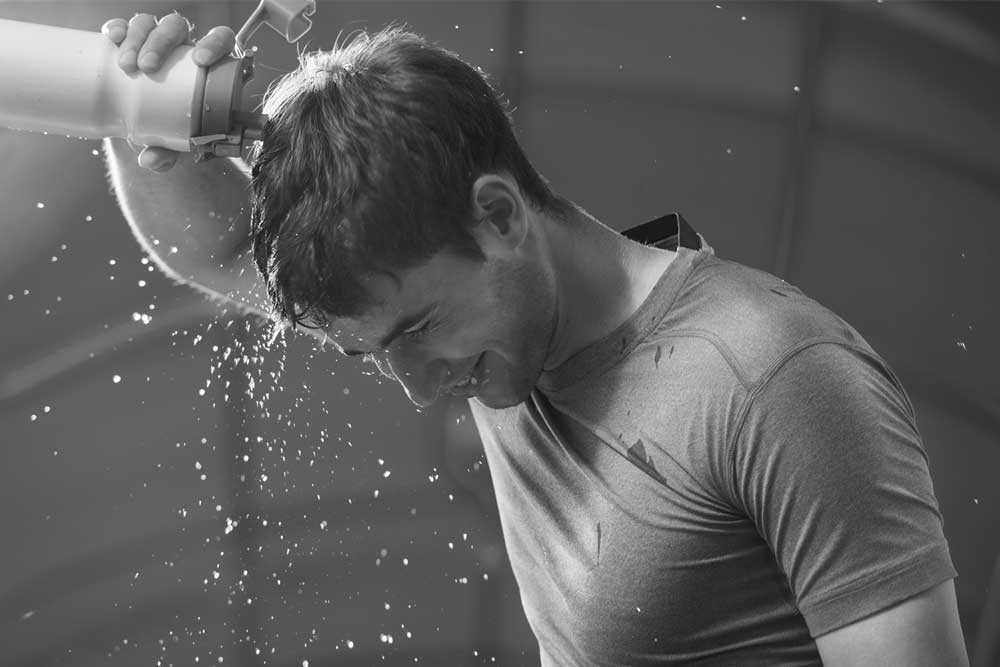
A Review by Alyssa Bialowas
Thermoregulation and managing heat stress is critical for aerobic and anaerobic athletes that complete in hot and dry conditions. Competing in such conditions can diminish physical performance, and athletes tolerate varying levels of temperature exposure. Various cooling methods have been employed to address rising body temperatures and thermal stress.
The objective of this study was to determine if a certain amount of time participating in head cooling applied between bouts of aerobic exercise in hot conditions could influence a person’s peak power output (PP) on maximal effort.
The Study
Twenty-two recreationally active men between the ages of 18 to 23 agreed to participate in this study. The subjects completed three performance trials over a 21-day period. In their initial trial, participants completed a maximal effort GXT on a cycle ergometer to establish maximal baseline performance. Oxygen consumption (VO2 max), heart rate, rectal temperatures, and peak power output were all measured.
The second and third trial were counterbalanced and consisted of a placebo condition and a cooling condition. During both the second and third trial, participants were asked to cycle for 40 minutes at 65% of their max VO2 in hot and dry conditions. After the initial 40 minutes, participants were given 7 minutes of recovery in which they cooled their head during the cooling condition and withheld cooling during the placebo condition.
Participants completed another max effort GXT to test VO2 max, heart rate, and peak power output.
The Results
The results from the study show that peak power output was lower during both placebo and cooling conditions as compared to the subjects’ baseline testing. The decline in VO2 peak was not different between placebo and cooling. The results of this study indicate that head cooling is an effective means of increasing aerobic performance in hot conditions, but not capacity. Cooling the head as opposed to anatomical sites near large muscles can reduce central factors of fatigue without affecting localized muscles temperature.
Takeaway
Thermoregulation is a critical performance variable that alters aerobic and anaerobic performance. Performing in the heat can increase heat stress in athletes, and the study demonstrated that seven minutes of intermittent head cooling positively affects aerobic performance. Head cooling should be used as a tool to decrease heat stress in athletes prior to and during competition.
Related Article: Can A Hot HIIT Session Induce Heat Acclimation For Athletes?
You Might Like:
The Science of Temperature Therapy
Temperature therapy (also known as “thermal therapy” or “thermotherapy”) involves the use of heat or cold to improve health and function. Interestingly, thermotherapy has been around for centuries, with ancient cultures regularly using hot springs,...The Predictors of Longevity You Need to Care About
Living a long and healthy life is a universal aspiration, and with the publication of Peter Aittia’s new book “Outlive”, it has never been a bigger focus. With this has come the realisation that, while...How Overtraining and Undertraining Impacts Hormonal Health
While maintaining a healthy hormonal balance is essential for overall health and wellbeing, it is an often-overlooked component of women’s health. Hormones play a vital role in regulating various bodily functions, including metabolism, energy, mood,...12 days of Fitness: 12 Holiday workouts to crush this Christmas
The holiday period is a time for friends, food, and family. With this in mind, it should be a time of guilt-free fun. However, that doesn’t mean you have to neglect your fitness entirely over...Upper Body Strength in Post-Menopausal Women
Menopause is a unique time in the human life, and with it comes a myriad of changes that can have wide reaching health implications. However, over the last 20 years we have seen a strong...Exercise After Menopause: What You Need To Know
Menopause is one of the most significant events in a woman’s life, and with it comes several changes that can affect function. Moreover, the post-menopausal period comes with many health considerations that can have a...Reference
Azadian, A., Edgren, S., Libby, K., Hunt, B., Sorenson, E., Tannous, D., & Thom, N.
“The Effect of Intermittent Head Cooling on Aerobic Performance in the Heat.”
Journal of Sport Science and Medicine, 16, 77-83.

